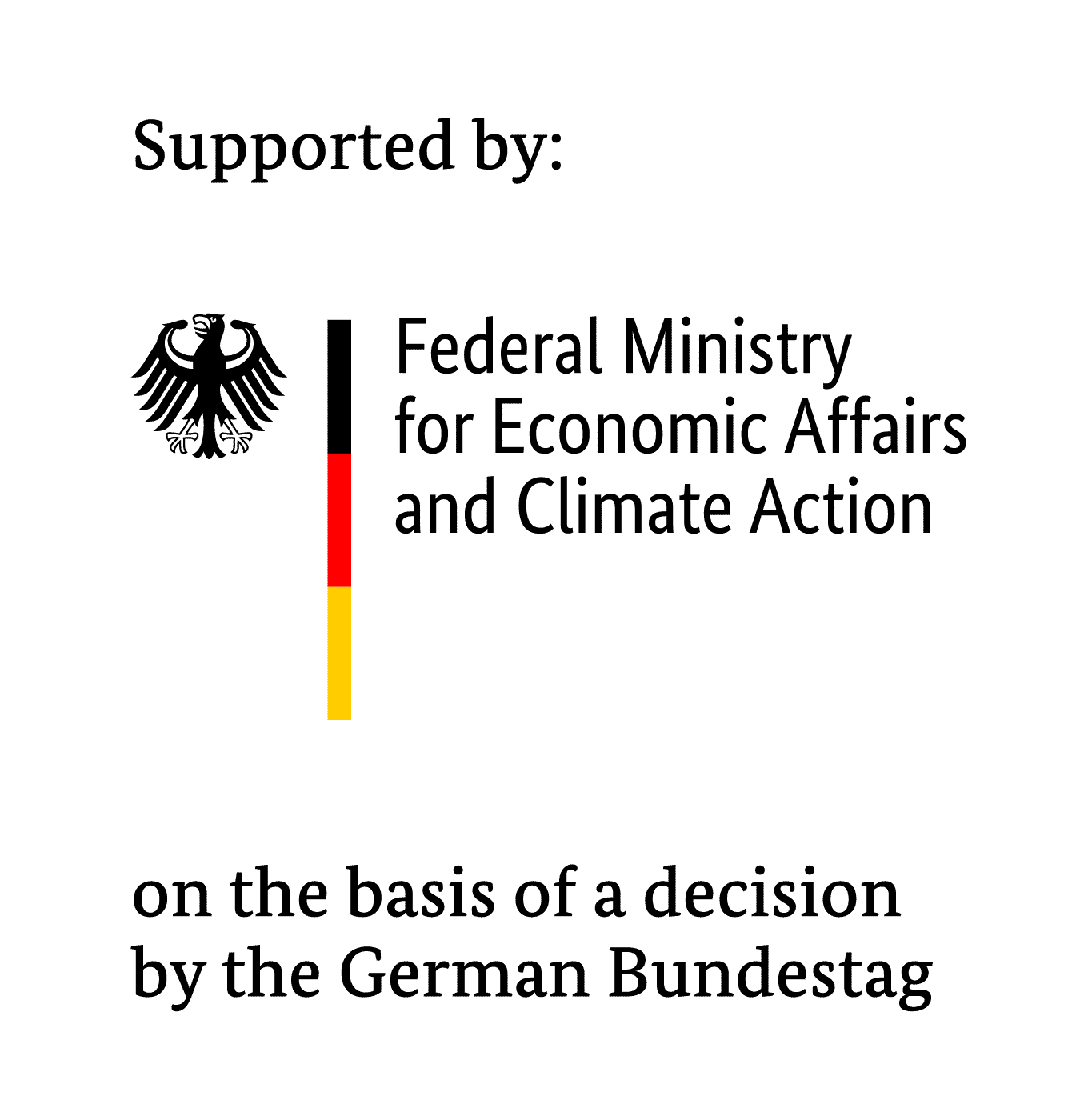Projectname:
Enhanced Performance of Flexible Plastic Materials by Innovative Nanotechnologies for Food Packaging and Technical Applications
Workgroup: Filling and packaging processes
Scientific Partners and Guidance:
IGF: 235 EBG
Financing: BMWi
Duration: 2019 – 2021
BarriFlex deals with the development of novel nano-tailored materials with improved barrier properties towards gas and water vapor for packaging applications. In such a wide and economically significant field, these materials have introduced new packaging concepts, suitable for many applications from food to electronics. Despite intensive research, much remains to be done today, considering both the diversity of materials, barrier specifications and fabrication processes, and that of the different industries eagerly waiting for new efficient, cheap, easy to produce, easy to recycle, and even renewable packaging products.
The hereby project intends to enhance barrier performances of flexible and transparent plastic films with suitable nanocomposite coatings and compatible with large scale production lines (roll-to-roll). Two broad, different yet complementary applications are targeted: Food packaging and photovoltaic (PV) encapsulation. Along with the barrier properties, additional benefits to the related or incoming industrial products are expected in terms of flexibility, production and material costs (monolayers). Each of these added values will generate outcome, such as the diversity of products, customers and markets, profits and recyclability. Though direct inputs of the outcome will be provided to the food packaging industry, the technology to be developed for PV will be more exploratory. Organic and hybrid PV (OHPV) have recently emerged as a promising low cost, versatile and flexible technology which the market development is currently limited by insufficient encapsulating solutions, hence panel lifetime. For both applications, the impacts of the project are identified, and deal with reduction of cost, inorganic layers and carbon footprint for food packaging, and exploring ultimate trade-off between the simplicity of the device architecture and the lowest permeation levels for PV. The project is also framed by many SME and companies along the whole valorization chain, from nano-materials fabrication, to lacquer and adhesive formulation, surface treatment for robust lamination, characterisation, and food packaging and PV manufacturers. This guarantees proper guidance of the project towards the expected outcome.
Technically, the innovation of the project lies in the concept of a single, yet sophisticated, barrier layer achieved by introduction of nanoplatelets in selected lacquer and adhesive matrices (epoxy, acrylate, polyurethane, …). High shear mixing process will be properly adjusted to ensure homogeneous and oriented dispersion of the different nanoplatelets, from commercial nanoclays to eco-designed synthetized cellulose nano-crystals. Preliminary formulation benchmarks and associated barrier performances will be determined by computational tools. Barrier layer is then to be coated on a polymeric substrate, and laminated to a sealing film, for food packaging applications. The functionalization of the nanoparticles will ensure no migration issues by fixing them within the matrix. For the encapsulation of flexible PV, the monolayer barrier will serve as a preliminary encapsulation layer, to limit the numbers of complementary layers needed to reach the targeted permeation levels. In both applications, state-of-the-art barrier performance must be achieved to demonstrate the added value of the concept.
The partnership gathers experienced associations and research centers in Wallonia and Germany, with complementary skills in materials synthesis, modelling and simulation, surface treatment and adhesive barrier coatings, characterisation, and food and PV lifetime determination. Acting all in research, the demonstration of the encapsulating concept will be restricted to a lab or pilot scale, i.e. proposing know-how, expertise and demonstrators as convincing evidences for the associated SMEs. Yet, all outcomes will be ascribed in EU directives and national strategies in both food compliance issues and rational use of energy.

The IGF project presented here is funded as part of the program for the promotion of industrial community research (IGF) by the Federal Ministry for Economic Affairs and Climate Action based on a decision of the German Bundestag.